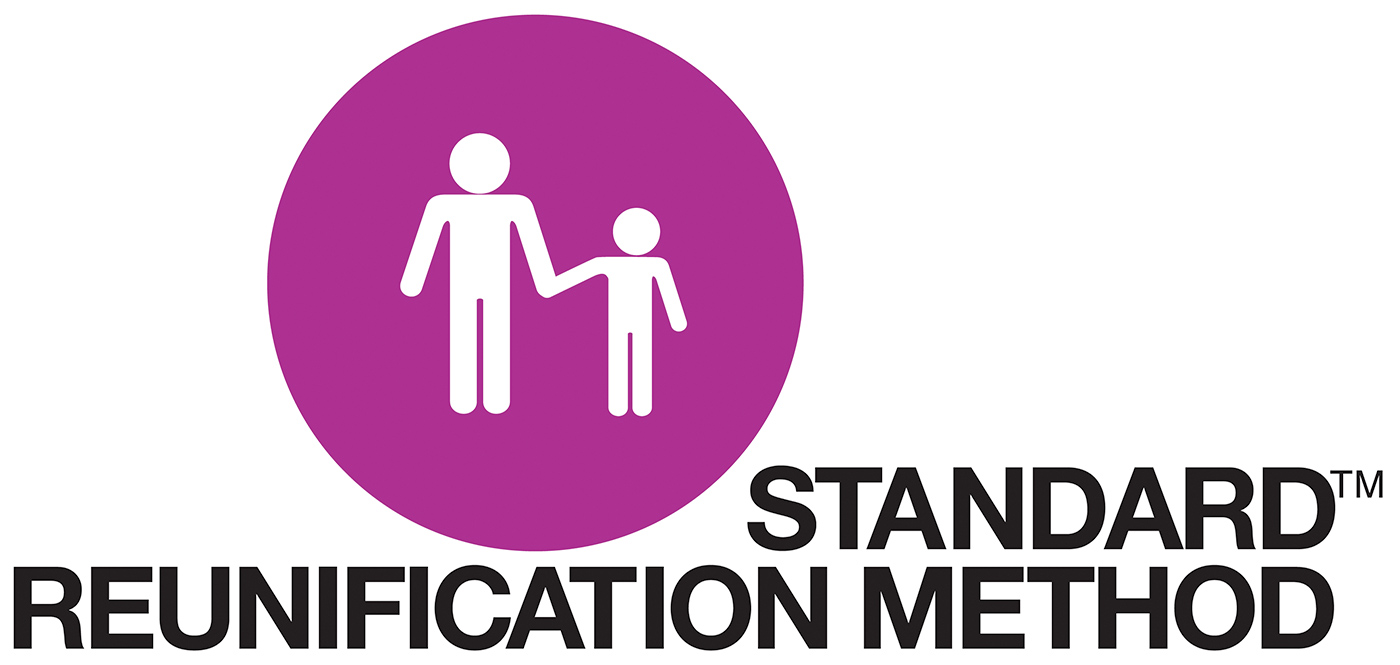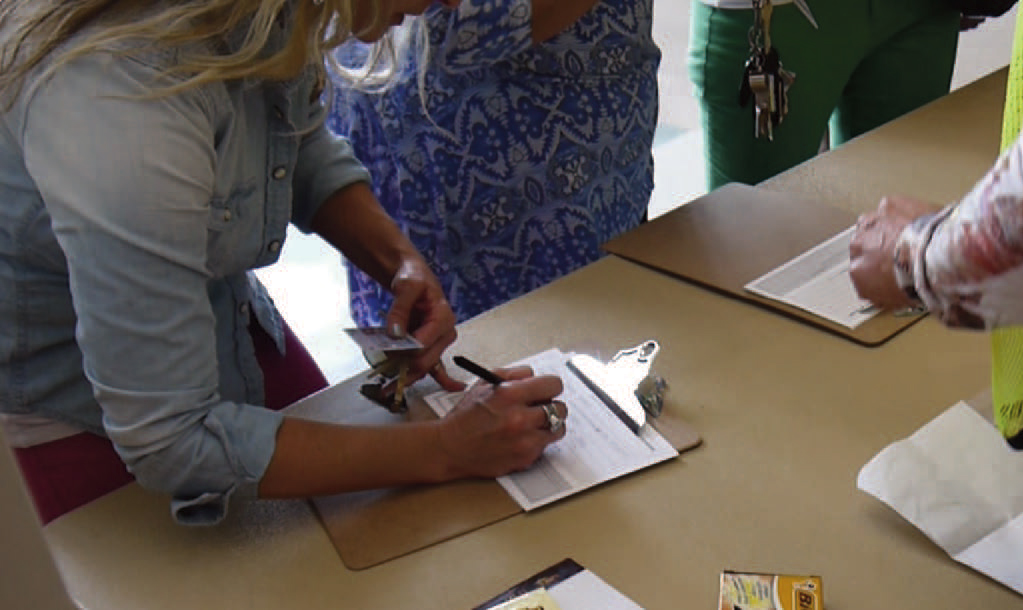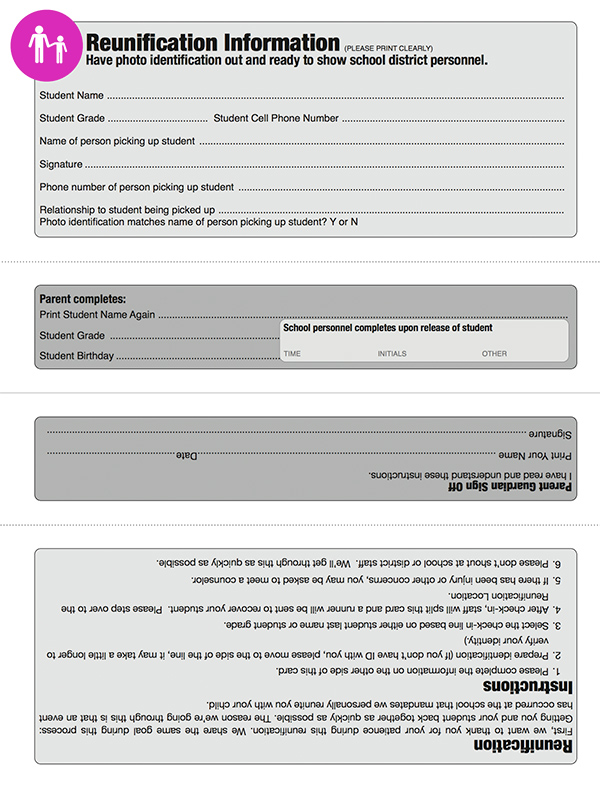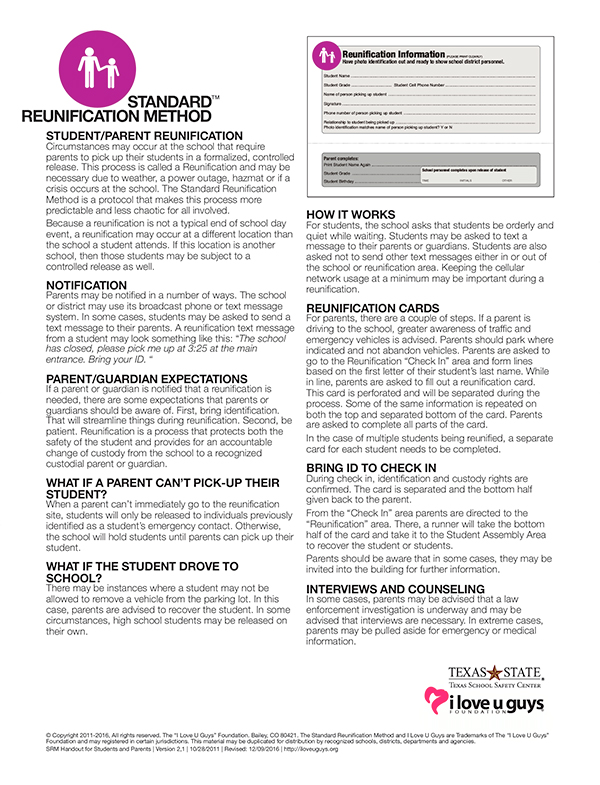TxSSC
K-12 Standard Reunification Method Toolkit
4.0 SRM The Card

Reunification Information Cards
The Standard Reunification Method was created to manage not just the students, but the parental experience of reunification as well. The Reunification Card is an essential element of the method.
Some might initially protest, "What! More Paperwork?" And the answer is "Yes. Precisely." Beyond providing a mechanism for accountability, the card demonstrates to parents that there is a process for this. It shows that school or district has a plan and a method.
The psychology behind the process begins to offer the parent some measure of order in what might be a stressful time. Filling the card out, then separating the top from the bottom, handing the card to the Reunifier, gives the parent feedback, demonstrating progress in the process. The bottom of the card also provides proxy identification for the parent, removing the need to ID them at every phase.
The Cards Available In Spanish
The Reunification Card is also available in Spanish. Click the button below to download the card in Spanish.

Send It Home In Advance
The question often comes up on whether the school should send the cards home in advance and request parents fill out and return them. Certainly an option, but it creates unnecessary work in collecting the cards and diminishes the parent experience. One alternative is to send the cards home, with the handout, and ask parents to complete the card and put it in their car. This gives parents an expectation of the process and some parents will complete the request. The handout is available on the website and is also reprinted on page 28 of this book.
Press Ready Artwork
The Reunification Cards are press ready for your printer. The artwork is set up for Work and Tumble1 on 8 1⁄2” x 11” index card stock. Ask your printer for a strong perforation. There is little worse than a “bad perf” on reunification day.
1“In prepress and printing, an imposition or layout in which one plate contains all the images (pages) to be printed on both sides of a sheet. When one side of a job has been printed, the pile of printed sheets is turned over, the edge of the sheet that was the gripper edge for the first side becoming the back edge for the second side. After printing, the sheet is cut in half, yielding two identical units.”
Source: PrintWiki – the Free Encyclopedia of Print. printwiki.org

